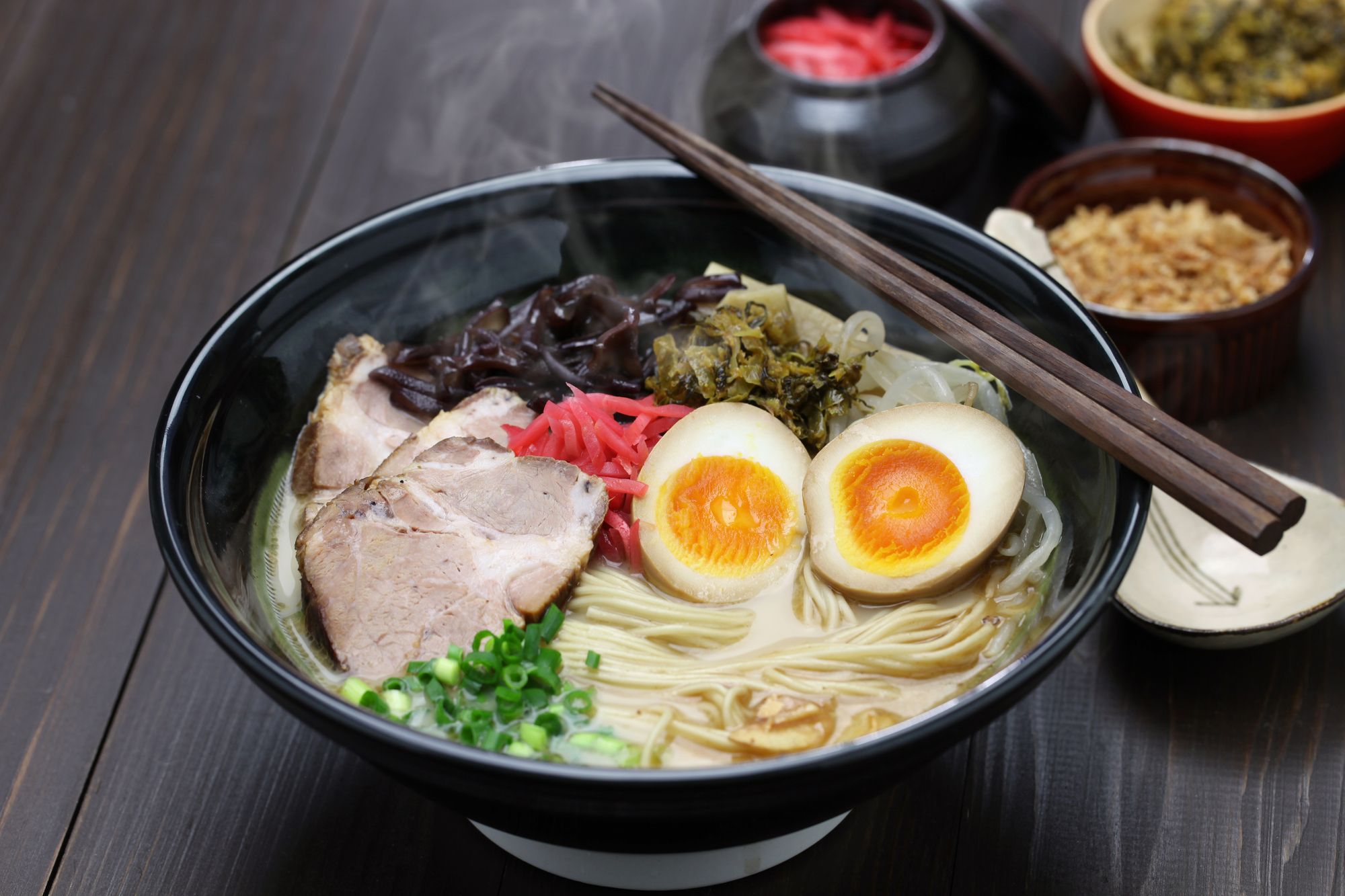Is your comforting bowl of ramen potentially harboring a hidden danger? Yes, it's a possibility that could turn a beloved meal into a serious health threat. The alarming reality is that ramen, a staple in many diets, can sometimes become a carrier of Listeria monocytogenes, a bacteria that can trigger severe illness.
Ramen with listeria is, quite simply, ramen noodles that have been contaminated with the bacteria Listeria monocytogenes. This seemingly innocuous bacterium can unleash a torrent of health problems, ranging from mild discomfort to life-threatening conditions like meningitis and sepsis. While ramen noodles, with their springy texture and savory broth, are a popular culinary delight enjoyed across Japan, Asia, and beyond, the risk of listeria contamination looms large. Typically crafted from a blend of wheat flour, water, salt, and kansui (an alkaline water crucial for that characteristic ramen chew), these noodles are often served swimming in flavorful broths and adorned with toppings like succulent pork, tender chicken, crisp vegetables, and perfectly cooked eggs. The issue isnt with the dish itself, but with the potential for bacterial contamination at any point along its journey from production to consumption.
Given that the topic is not directly person-related, the following table provides information about Listeria monocytogenes itself:
- Lois May Hardwick The Nurse Who Revolutionized Public Health
- Discover Vegamovies Your Guide To Vegan Netflix Page 1 More
| Attribute | Description |
|---|---|
| Name | Listeria monocytogenes |
| Type | Bacterium |
| Disease Caused | Listeriosis |
| Gram Stain | Gram-positive |
| Shape | Rod-shaped |
| Motility | Motile (has flagella) |
| Oxygen Requirements | Facultative anaerobe (can grow with or without oxygen) |
| Habitat | Soil, water, animal feces, food processing environments |
| Growth Temperature | Can grow at refrigeration temperatures (4C or 39F), as well as warmer temperatures |
| Resistance | Relatively resistant to salt, pH changes, and drying |
| Virulence Factors | Internalins (for cell entry), Listeriolysin O (for escaping vacuoles), ActA (for cell-to-cell spread) |
| High-Risk Foods | Unpasteurized dairy products, deli meats, hot dogs, smoked seafood, raw vegetables |
| Symptoms of Infection | Fever, muscle aches, nausea, vomiting, diarrhea, headache, stiff neck, confusion, loss of balance, convulsions |
| Treatment | Antibiotics (e.g., ampicillin, gentamicin) |
| Prevention | Proper food handling, cooking food to safe temperatures, avoiding unpasteurized products, practicing good hygiene |
| Reference Website | Centers for Disease Control and Prevention (CDC) - Listeria |


